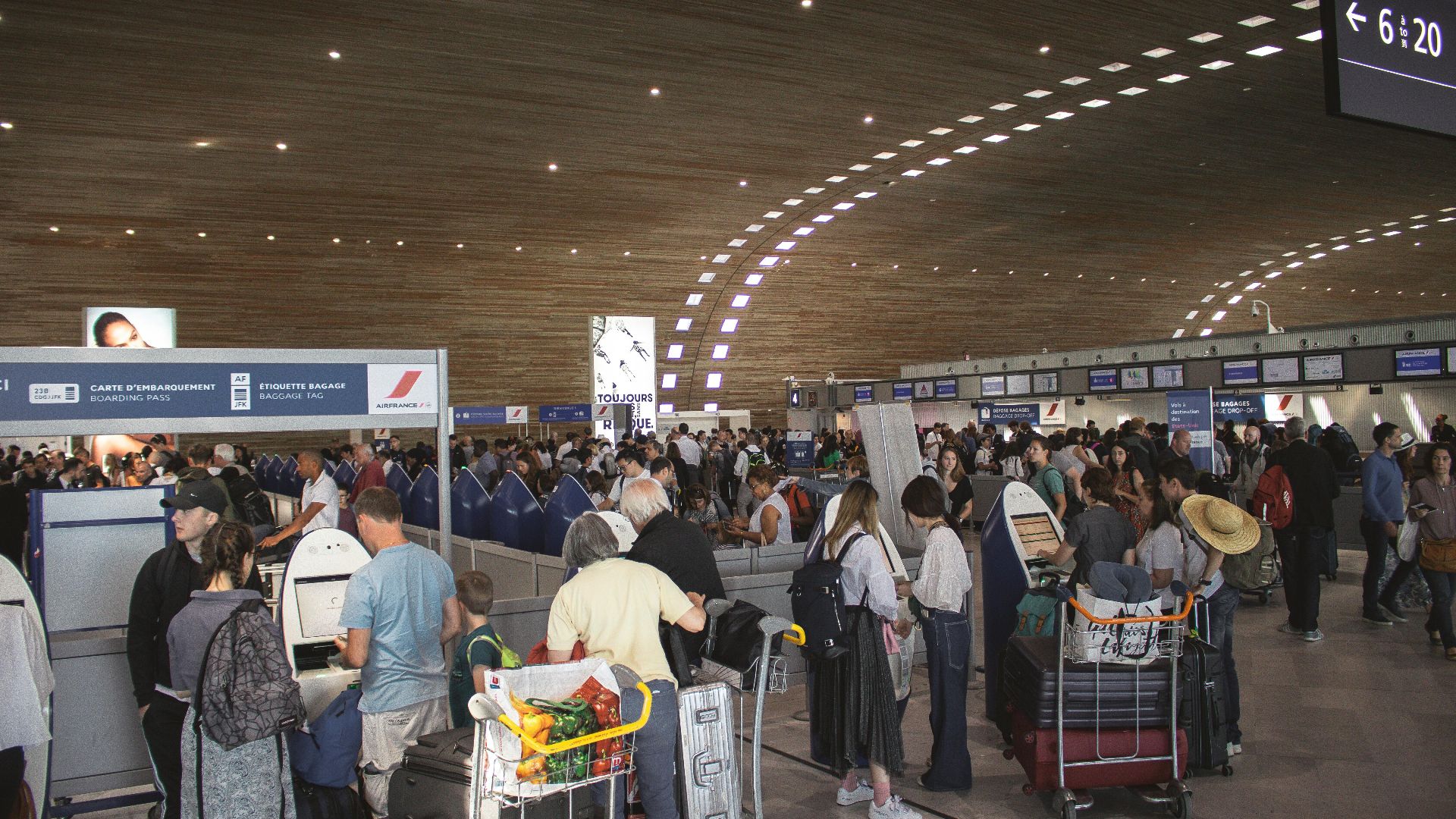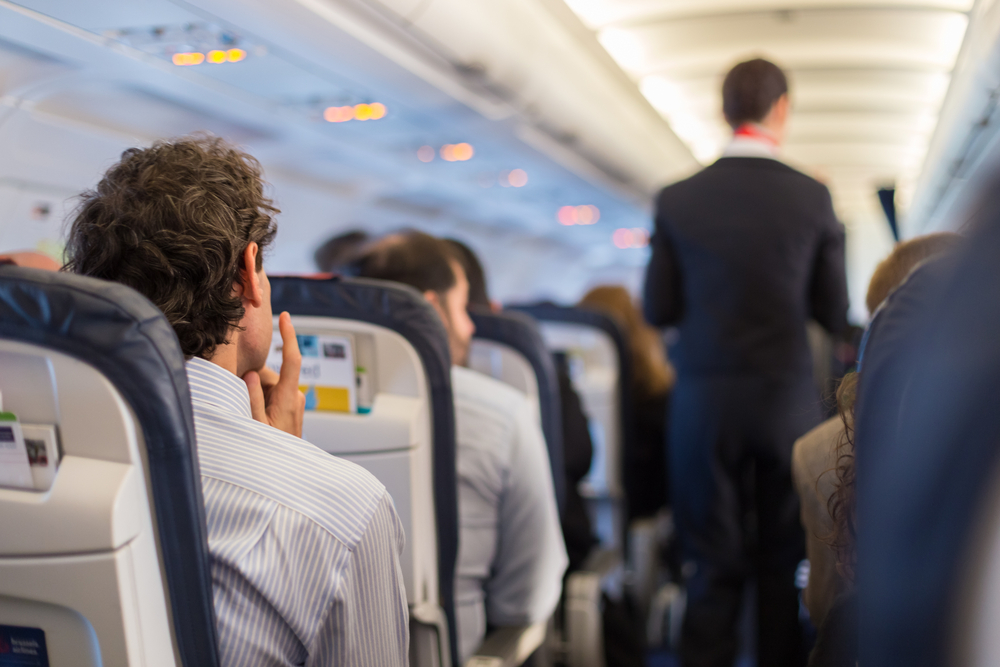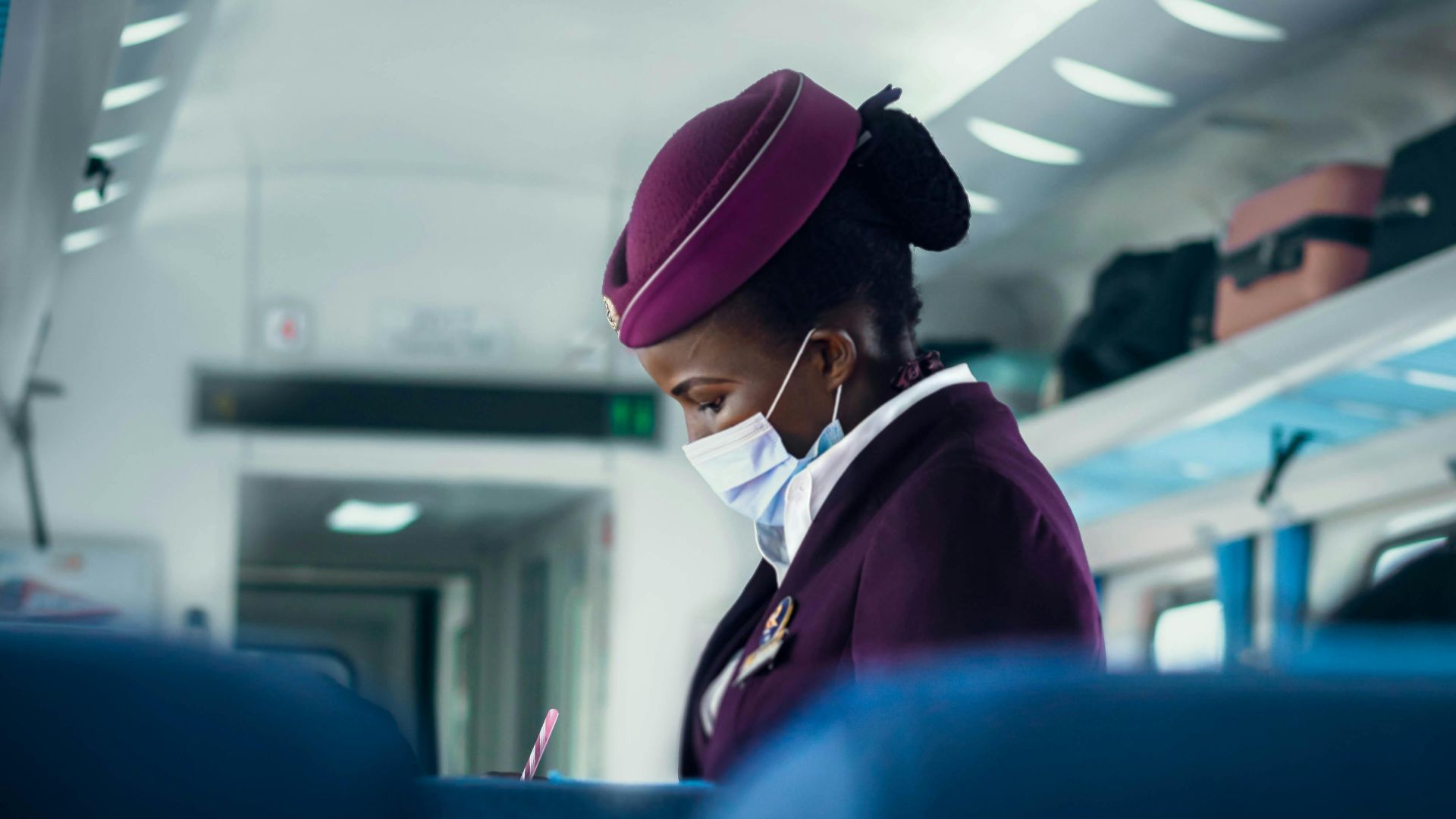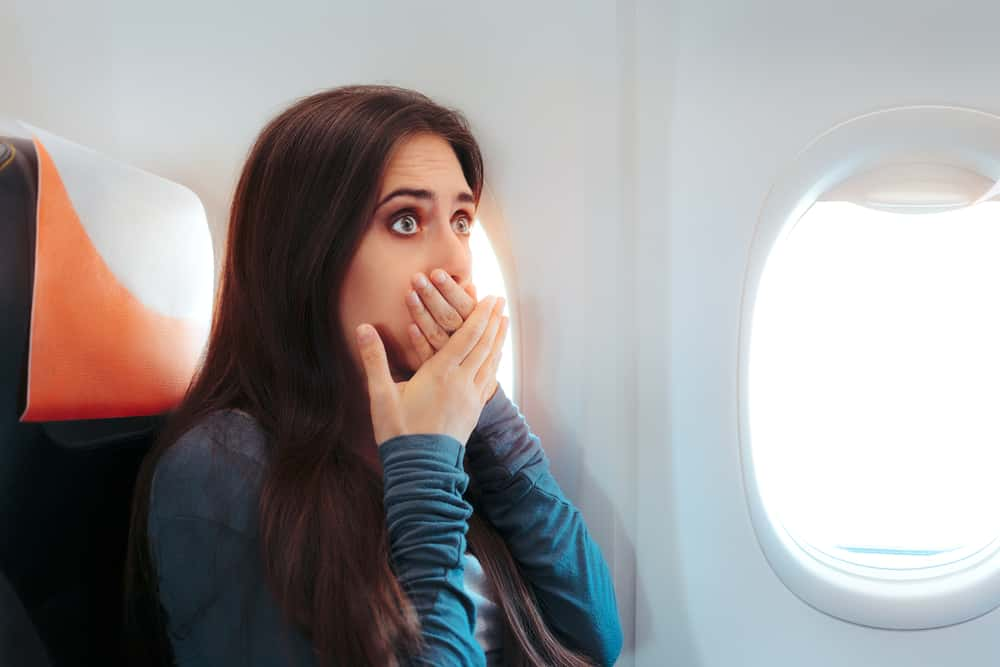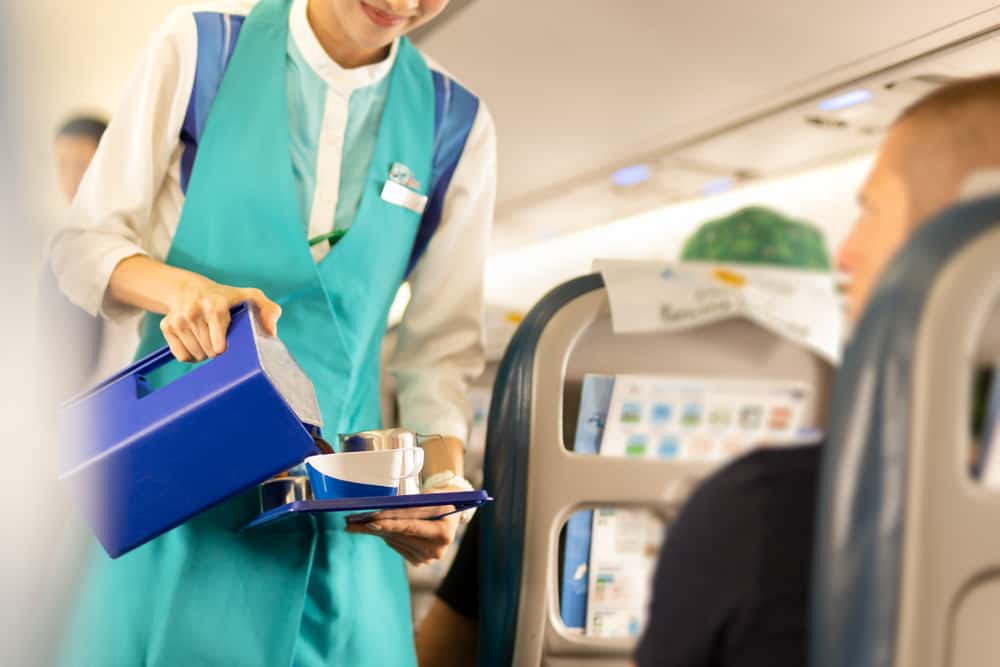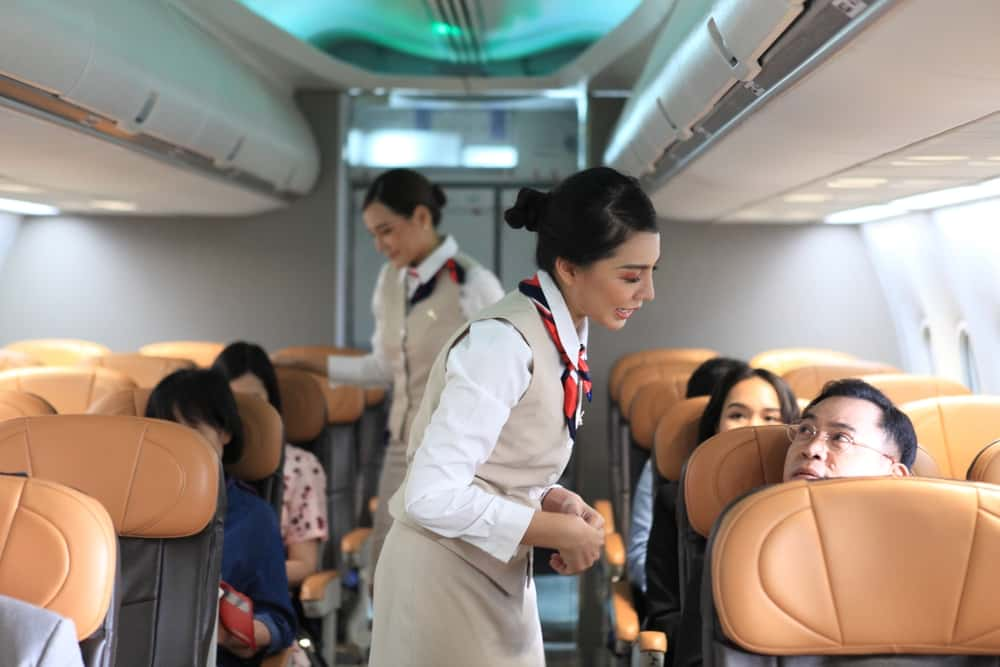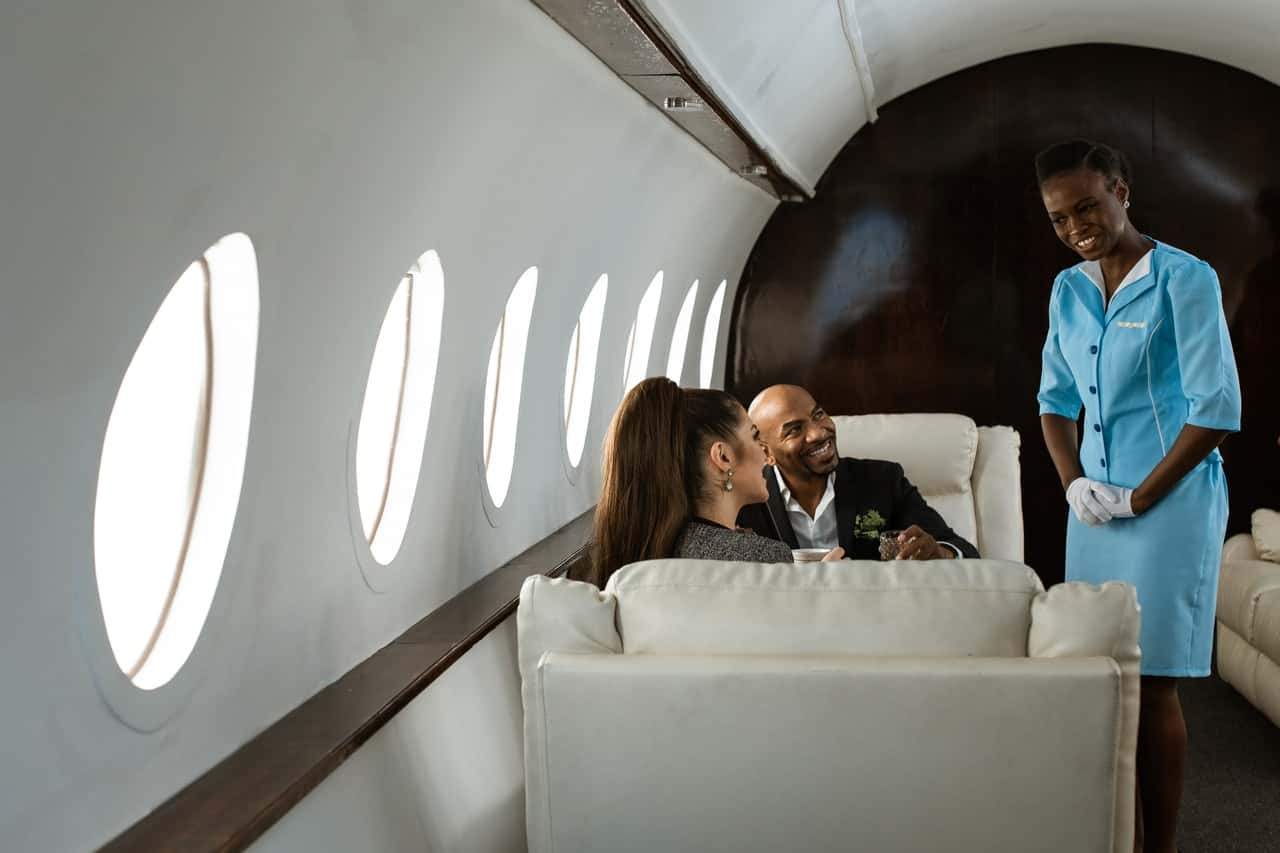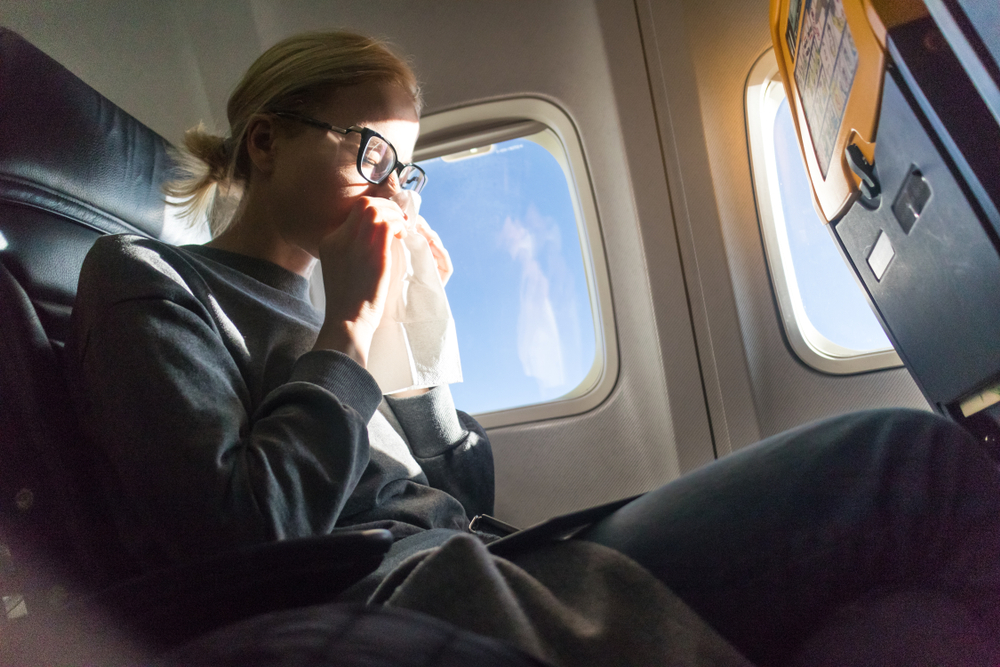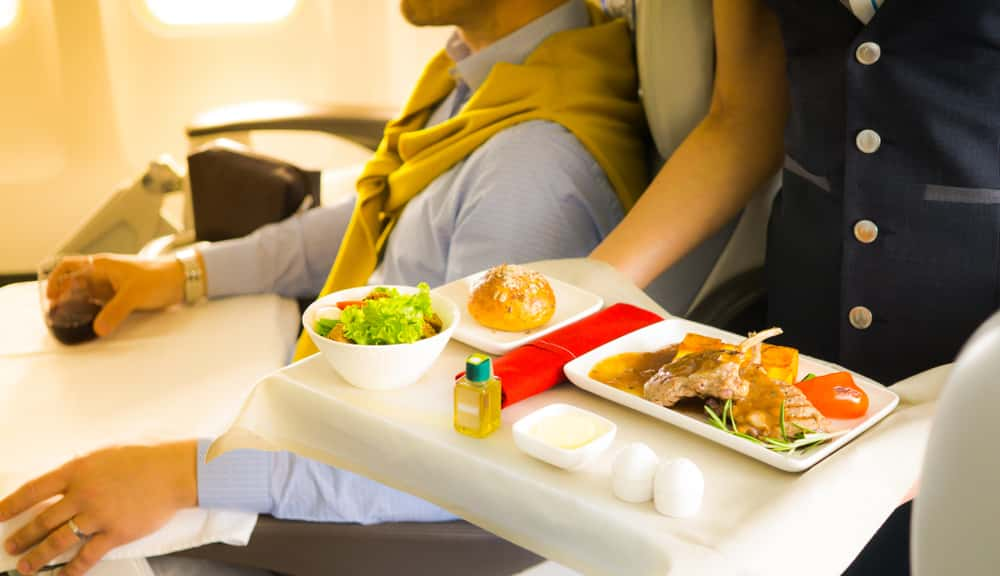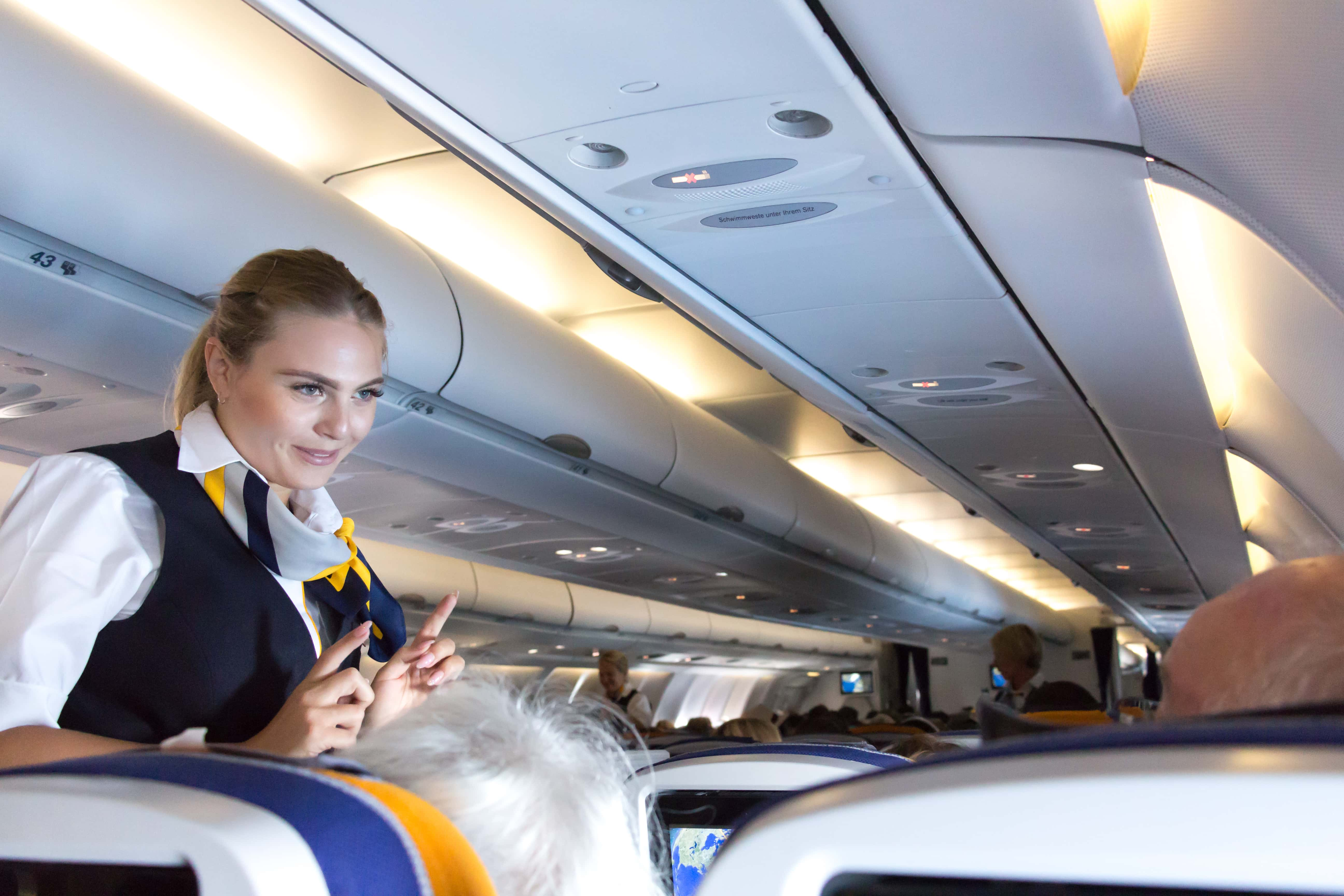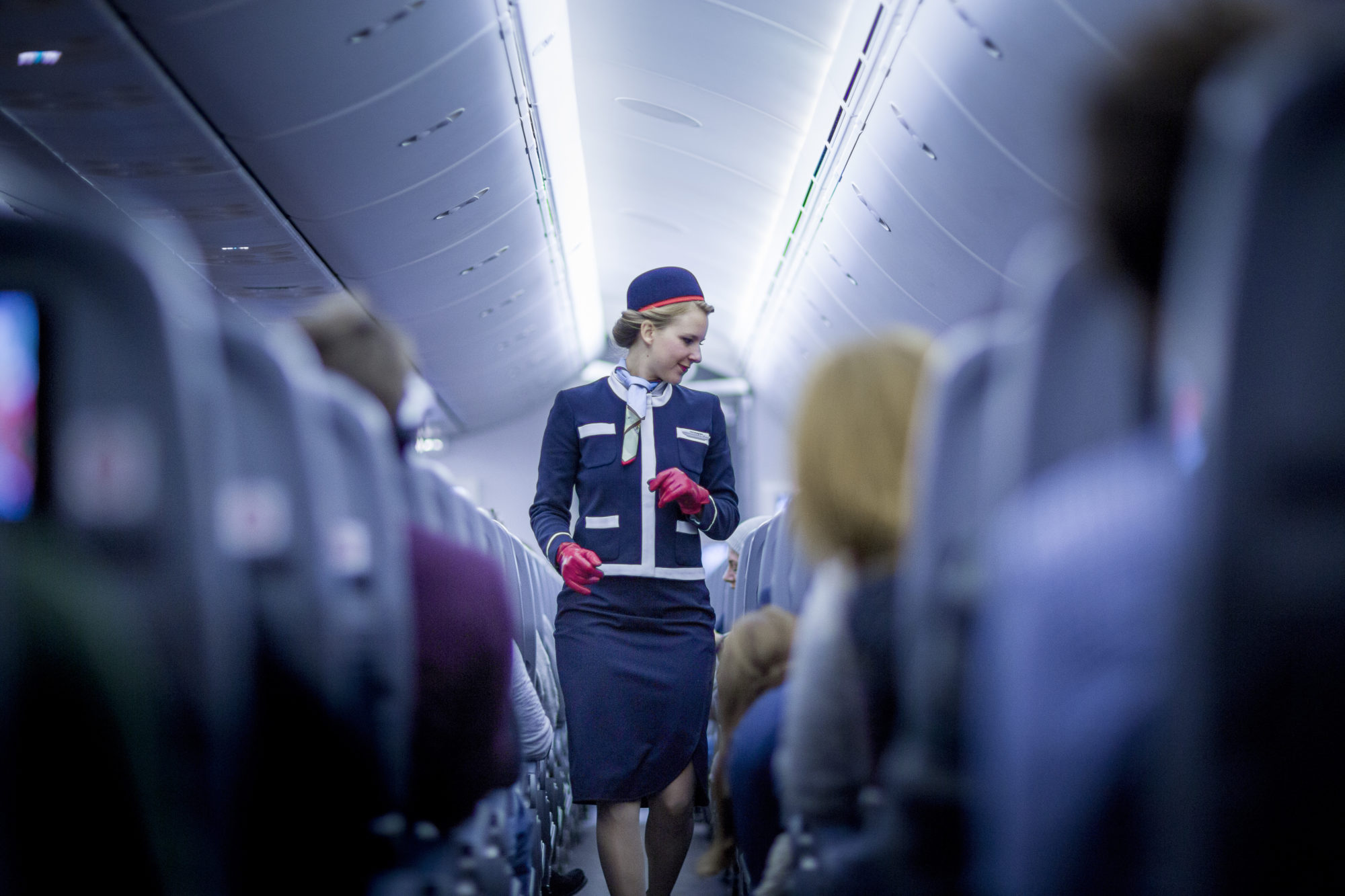Snack Attack
If you’ve ever brought your own food onto a plane, you probably assumed you’d be able to eat it. After all, you bought it, packed it, and carried it through TSA. And airlines don’t even serve real meals on most flights anymore, right? But still, travelers get told they can’t eat their own food. So…is that actually a rule—or just airline weirdness?
The Moment That Sparked The Question
The traveler popped open their neatly packed meal, only to be told by a flight attendant that outside food “wasn’t allowed during service.” Confused, they complied—but wondered if they were actually breaking a real policy or just stepping on internal procedures.
Yes You Can Bring Food Through TSA
TSA is surprisingly chill about food. Their official rule states: “Solid food items are allowed in carry-on or checked bags.” The key word is solid. Liquids over 3.4 oz still get tossed. So the government isn’t the one stopping you from munching mid-flight.
Where It Gets Tricky: Airline Policies
Airlines don’t always broadcast it, but many reserve the right to limit when passengers can eat outside food—mainly during takeoff, landing, and the start of cabin service. It’s less about banning your sandwich and more about avoiding delays, odors, and aisle congestion.
Some Airlines Don’t Like “Strong-Smelling Foods”
Airlines like American and Delta have both publicly noted they discourage foods with strong odors for passenger comfort. It’s not a ban—it’s a vibes-based guideline. Still, a flight attendant can ask you to hold off if your curry is taking over row 22.
Safety Is The Biggest Factor
During takeoff and landing, passengers must remain seated with tray tables up. That means no unpacking meals, no metal utensils, and no juggling containers. If your food comes out at the wrong time, you may get shut down strictly for safety. Fair enough.
But Mid-Flight? That’s Usually Fair Game
Once the seatbelt sign is off, most airlines do not have a policy prohibiting personal food. This is why you’ll see passengers eating homemade burritos, airport salads, PB&Js, and entire snack boards mid-flight without any issue from the crew.
“We Just Need The Aisle Clear First”
A flight attendant anonymously told Travel + Leisure, “It’s not that we’re against outside food—we just need space to do service safely. If everyone opens food during service, carts can’t get through.” So it’s less a ban and more a coordination problem.
 Austrian Airlines, CC BY-SA 2.0, Wikimedia Commons
Austrian Airlines, CC BY-SA 2.0, Wikimedia Commons
Allergies Can Complicate Things
If someone nearby has a severe peanut or sesame allergy, crew may temporarily limit what’s being opened or eaten. This is one situation where your food might actually get banned on the spot for safety and medical reasons.
Strong Smells = Strong Reactions
You might think your garlic chicken is delicious. Row 17 might strongly disagree. Airlines want to avoid complaints—and they get plenty. A United spokesperson once admitted they receive hundreds of smell-related comments every year. That’s why crew often intervene.
The British Airways Curry Controversy
In 2017, a British Airways passenger on a London–Toronto flight opened a homemade curry—and the cabin instantly noticed. After two travelers complained of nausea, a flight attendant politely asked them to close the meal. BA later confirmed crew can pause outside food “to maintain cabin comfort.”
Hot Foods Are The Most Regulated
Cold snacks barely raise an eyebrow. But hot foods—especially those brought on warm—are more likely to be restricted. Heat, steam, and spills are messy, smelly, and risky. If your container is radiating like a tiny sun, expect a conversation.
 Oxfordian Kissuth, Wikimedia Commons
Oxfordian Kissuth, Wikimedia Commons
Ryanair’s Not-So-Hot Takeoff Rule
Ryanair has long enforced an unofficial practice: no hot or messy outside food during takeoff or landing. Passengers have reported the same experience for years, and Ryanair confirmed the logic to The Independent. It’s not a ban—it’s simply a safety rule meant to prevent spills during the bumpiest moments.
 Saschaporsche, Wikimedia Common
Saschaporsche, Wikimedia Common
The Flight Attendant Might’ve Thought You’d Spill
Cleaning a spill at cruising altitude is a whole ordeal. A spilled soda is one thing—a spilled pasta sauce is a plane-wide event. Flight attendants will often stop a meal if it looks like it could turn into a cleanup crisis.
Some Airlines Want Uniformity During Service
If cabin service has just started, some flight attendants prefer passengers wait until the main drink or meal run is complete. It keeps the aisle flow smoother and prevents delays—especially on tight turnarounds.
Delta’s “Too Risky to Spill” Soup Moment
In 2018, a Delta passenger tried to enjoy hot airport soup mid-flight—until a flight attendant asked them to stop. The container was unstable and turbulence was picking up. Delta later explained that crew can intervene when food poses a spill hazard, especially with messy or hot liquids.
Cultural Foods Sometimes Get Unfair Pushback
Passengers often report being told not to eat foods from certain cultural backgrounds because they’re “smelly” or “disruptive.” Most airlines insist this is not policy, but bias does occasionally play a role in whether someone is told “no.”
American Airlines’ Allergy Shutdown
A 2021 American Airlines flight saw a passenger asked not to eat a store-bought pastry containing nuts after takeoff. A child onboard had a documented severe allergy, and crew enforced the precaution. AA later confirmed they can restrict food for medical safety when needed.
But A Blanket Ban? Rarely A Thing
No major U.S. airline has a publicly stated rule banning food you brought from home. Most issues boil down to timing, odor, or procedure—not actual illegality or policy.
When A Flight Attendant Can Stop You
They can intervene if: It’s takeoff or landing; they’re trying to get carts through; your food is too hot, messy, or spill-prone; another passenger has a medical allergy; the smell is overpowering. These are operational decisions—not personal ones.
When They Can’t Stop You
Once the cabin settles and service is complete, eating your own food—especially simple snacks—should be perfectly fine. Most crews don’t care as long as it doesn’t cause chaos or complaints.
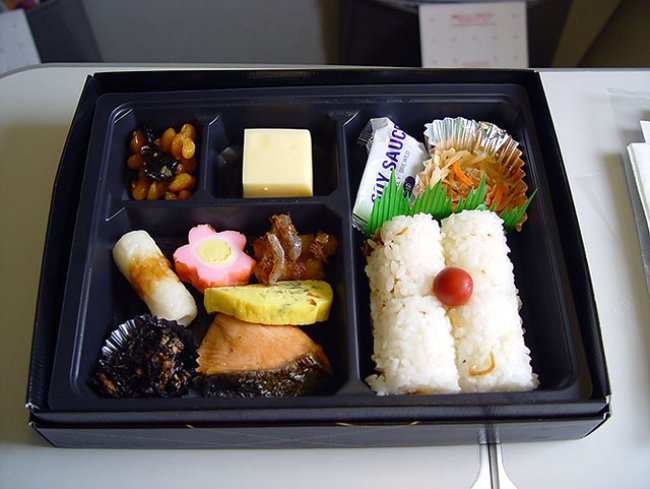 Wiki0001, CC BY-SA 3.0, Wikimedia Commons
Wiki0001, CC BY-SA 3.0, Wikimedia Commons
“We Don’t Police Food—We Police Safety”
A Southwest flight attendant once told USA Today, “We don’t police what you eat. We police when and how you eat if it impacts safety.” In other words, your sandwich isn’t the criminal—it’s the situation around it.
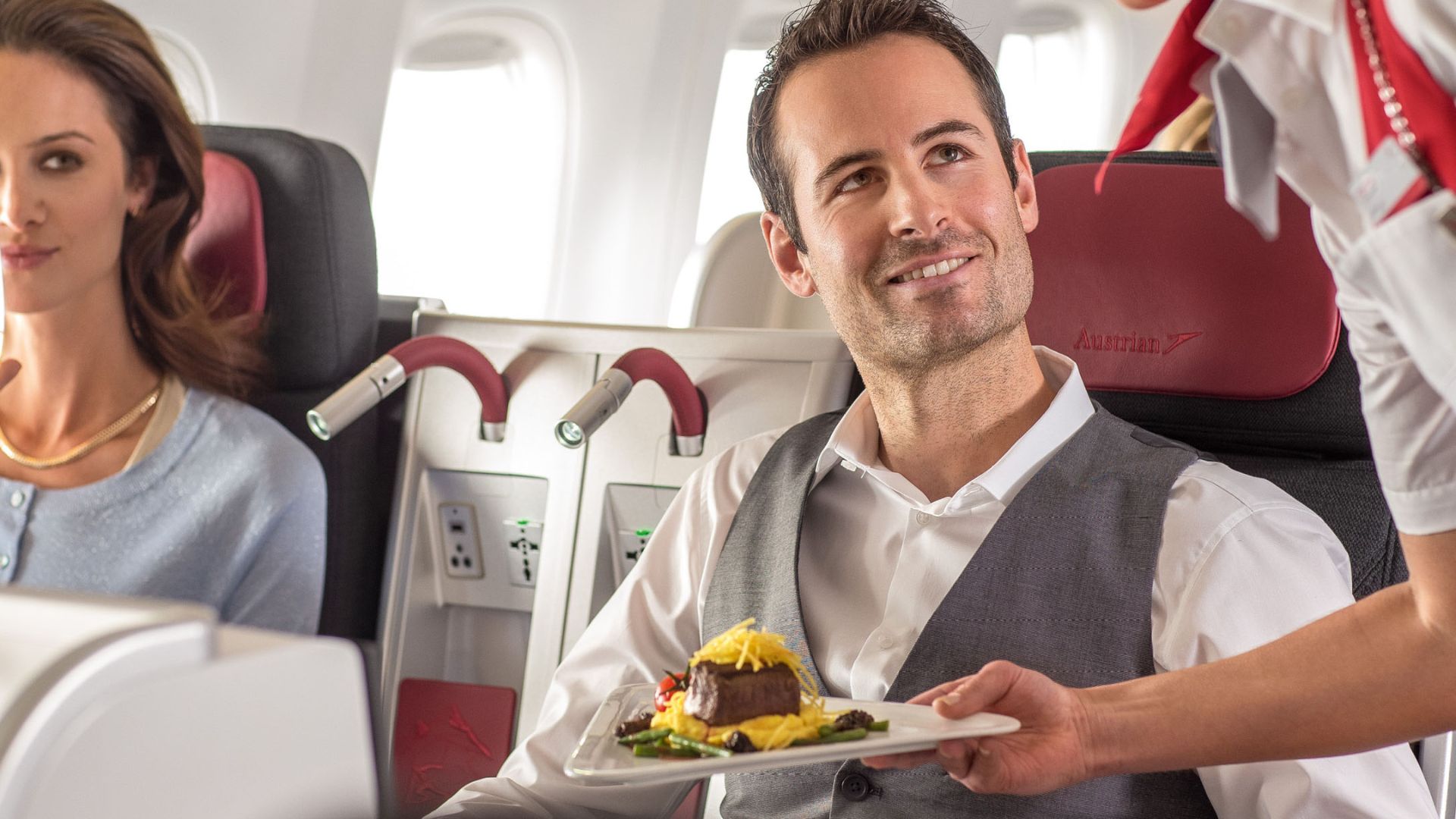 Austrian Airlines, Wikimedia Commons
Austrian Airlines, Wikimedia Commons
International Flights Are Way More Chill
Long-haul flights often see people bring entire meals onboard to supplement airline food. Unless it’s unsafe or disruptive, crews generally let it happen—because who’s surviving nine hours on pretzels and mini rolls alone?
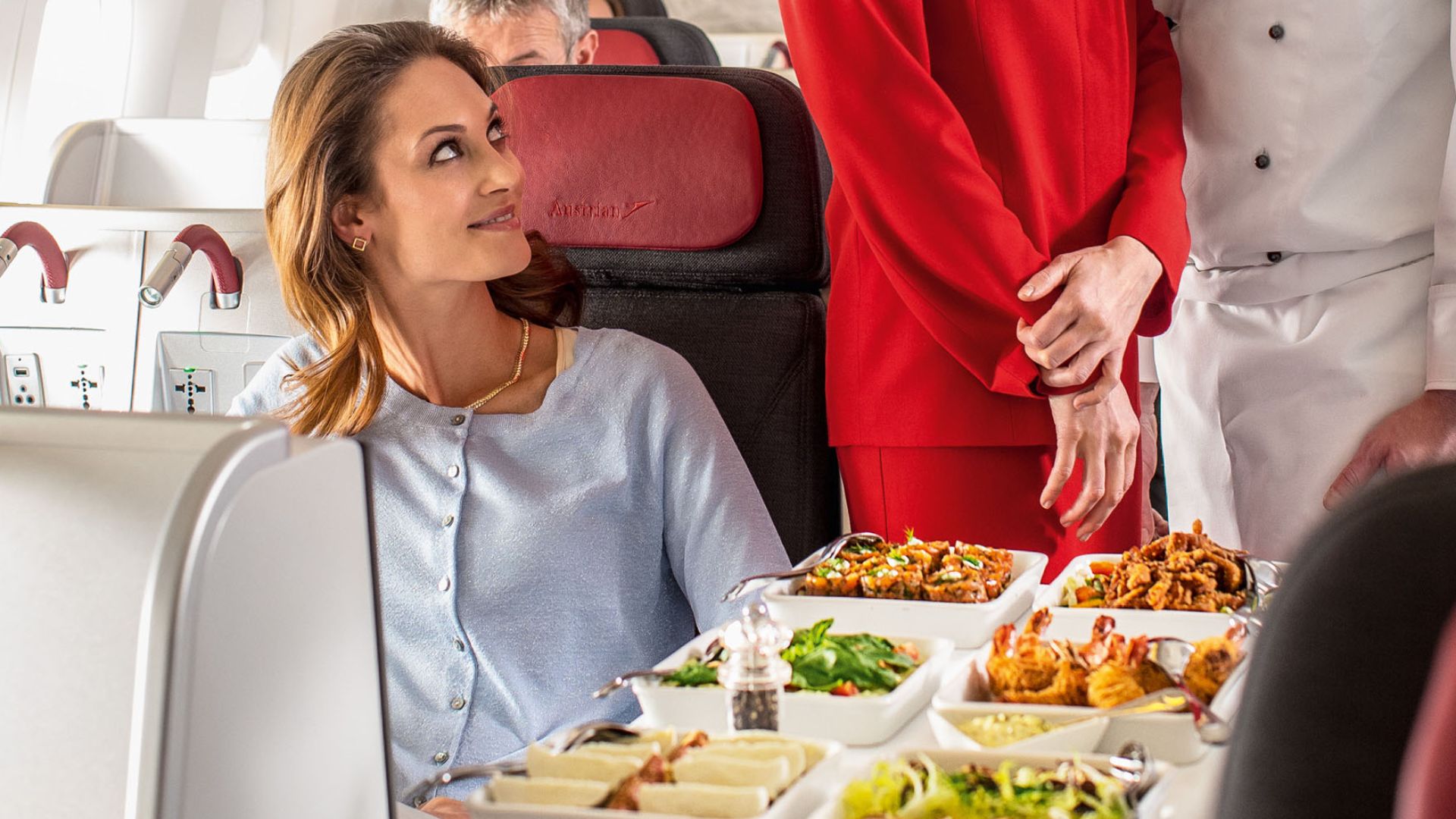 Austrian Airlines from Austria, Wikimedia Commons
Austrian Airlines from Austria, Wikimedia Commons
So Was The Traveler Wrong?
Probably not. They just opened their food at the wrong moment—likely during service or a safety-sensitive period. The crew wasn’t enforcing a secret outside food ban, just a practical guideline.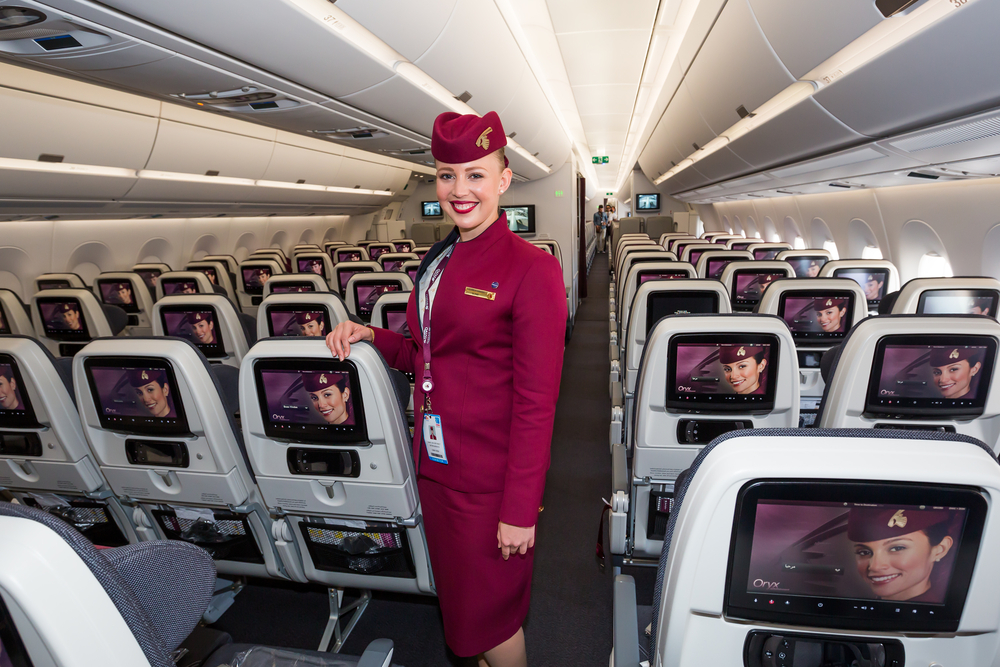 M101Studio, Shutterstock
M101Studio, Shutterstock
And Was The Flight Attendant Wrong?
Also not really. They were likely following internal safety or workflow procedures. The frustration comes from inconsistent explanations, not from the logic behind the restriction.
So…Is This Even A Real Rule?
Not a strict rule—but a very real practice. Airlines aren’t banning your outside food. They’re just managing timing, safety, and smell. In most cases, once the cabin is calm, you’re free to dig in without drama.
You Might Also Like:
Ranking The States Where People Complain The Most—According To Data



